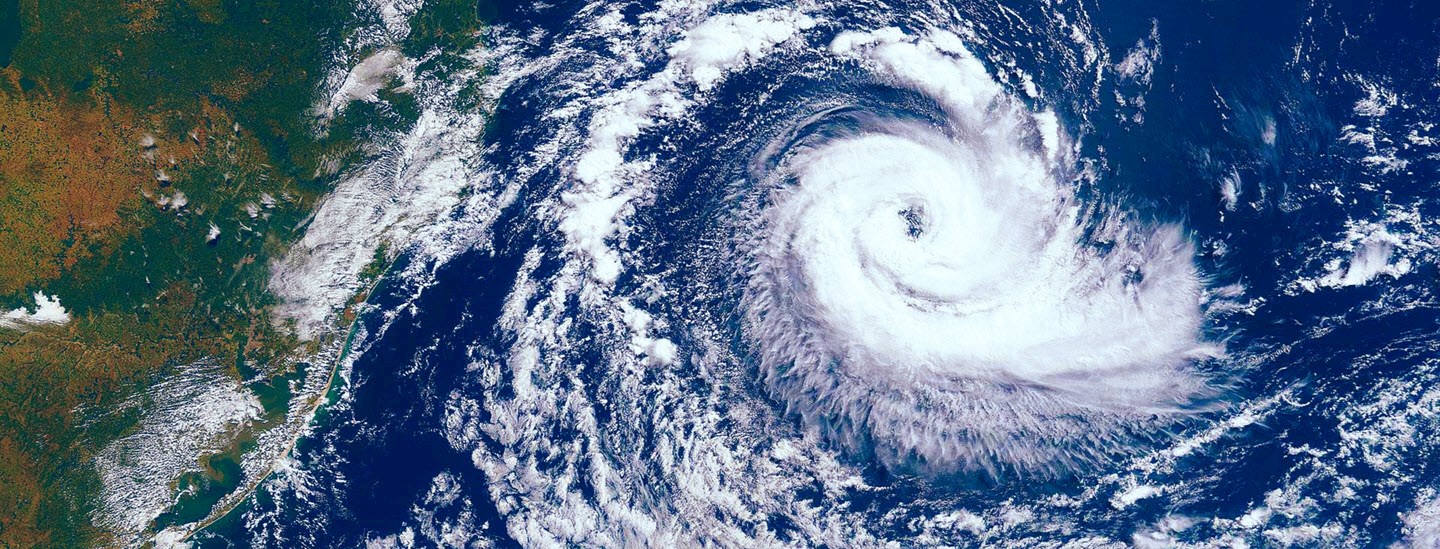Hurricanes can cause a major business interruption. Having a comprehensive business continuity plan is essential to help mitigate your risk and safeguard your employees' wellbeing before and after a hurricane.
- Plan for your business's safety before a hurricane
- Know what to do when a hurricane watch or warning is issued
- File a claim after a hurricane
Plan for your business's safety before a hurricane
The time to start talking with your Gallagher representative is before hurricane season begins in late spring. It's critical to understand what's covered under your current property policy, update existing property schedules and secure the appropriate coverage if needed.
To help you prepare for a hurricane, we've put together the Hurricane Preparedness Checklist. Because flooding often accompanies a hurricane, also see our Flood Preparedness Checklist.

